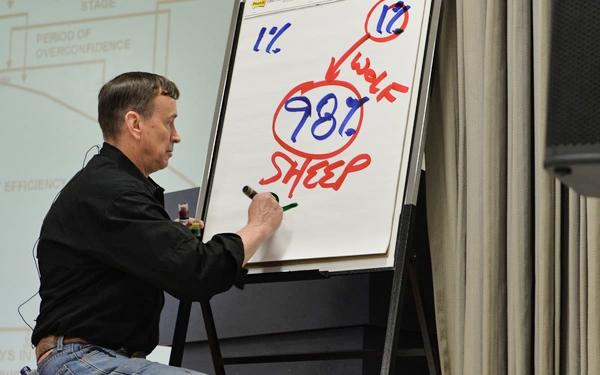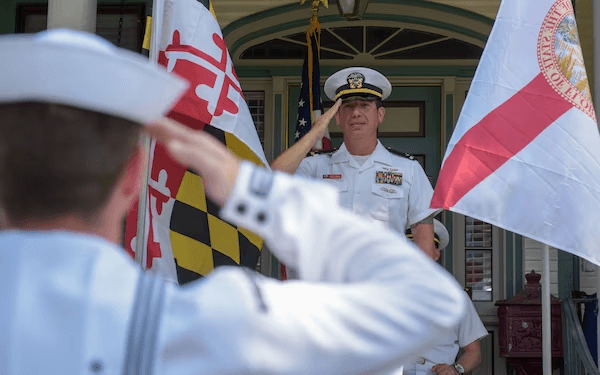So, what does “education” for a warfighter look like?
In today’s military, many lament the tremendous amounts of time spent on what seems to be useless teaching—SHARP (Sexual Harassment / Assault Response and Prevention), EO (Equal Opportunity), “don’t-rape-that-person-or-that-one,” etc.—and a lack of relevant training. Whether or not the former examples are pointless is, although an interesting topic, a discussion for another time.
The best place to start is by reintroducing and then defining basic terminology. We can start by casting aside our preconceived notions of overweight guys in pajamas in strip malls wearing black belts they awarded themselves and digging into the often misunderstood name, “martial artist.”
Allow me to explain.
One of the first things a new infantry recruit will learn in the U.S. Army is the marching/slow jog cadence that repeats, over and over, “Shoot! Move! Communicate! Shoot! Move! Communicate!” What is the purpose of this?
Similarly, on the battlefield, the small unit will always benefit from high functionality in the realm of shooting, moving, and communicating, but the techniques they use to employ those fundamentals can change depending on the mission, the enemy, or the overall strategy of the war.
Individual Fundamentals
So strength, endurance, and the ability to move your body are all pretty important, right? Again, there really aren’t any situations where these attributes would be considered negative, so it’s essential that a warfighter have a solid understanding of them in relation to their own personal selves.Notice that I said “understanding.” That doesn’t mean you just work out and get in decent shape. You need to understand the basics of fitness, including anatomy and physiology, diet, and proper training/rest cycles.
Shoot
One of the biggest myths in shooting is that you need to have a lot of money/funding to get good at it. But did you know that some of the best shooters in the world have openly stated that 80 to 90 percent of their training was ... dry firing?Read about guys like Brian Enos and Jerry Miculek (or meet them in person) and you’ll discover that the secret to their expertise doesn’t necessarily lie in spending excessive amounts of time at the range just because they are paid to be there.
Move
What do you know about kinesiology? If you started to answer that question with, “What does kinesiology mean?” then start by Googling it and go from there.Communicate
This category is often only discussed in the context of technology, e.g. radios or other communication devices, but rarely do we devote much time to the fundamentals of communication itself. How much do you know about classical rhetoric, verbal judo, and cognitive biases that directly relate to communication with other human beings?Strategy
This is a very big and broad topic, so it seems like too much for this article. But it is worth addressing how one would get started so as not to be completely lost when all those war college graduates start spewing nonsense offering rational plans that will totally work.In our information-heavy age, there are so many resources available for learning about this topic that it’s hard to know where to start. Try YouTubing “military strategy” or “great generals”; listen to podcasts like “Hardcore History” with Dan Carlin; learn to play the game of Bridge (Eisenhower’s favorite) instead of Texas Hold ’em; dig into the topic of leadership at a deeper level than just reading the biography of a famous military figure (e.g., Google “the science of leadership”).
All of these enhance your understanding of strategy using methods other than just pouring over textbooks. Nothing wrong with the latter if you’re adept at it, but don’t be chained to the idea that it’s the only way to learn this stuff. The best part of all of this? As stated earlier, most of it is incredibly inexpensive, especially in comparison to formal schooling. With time, effort, and an internet connection, you can become highly educated in every one of these areas.
To be continued...





